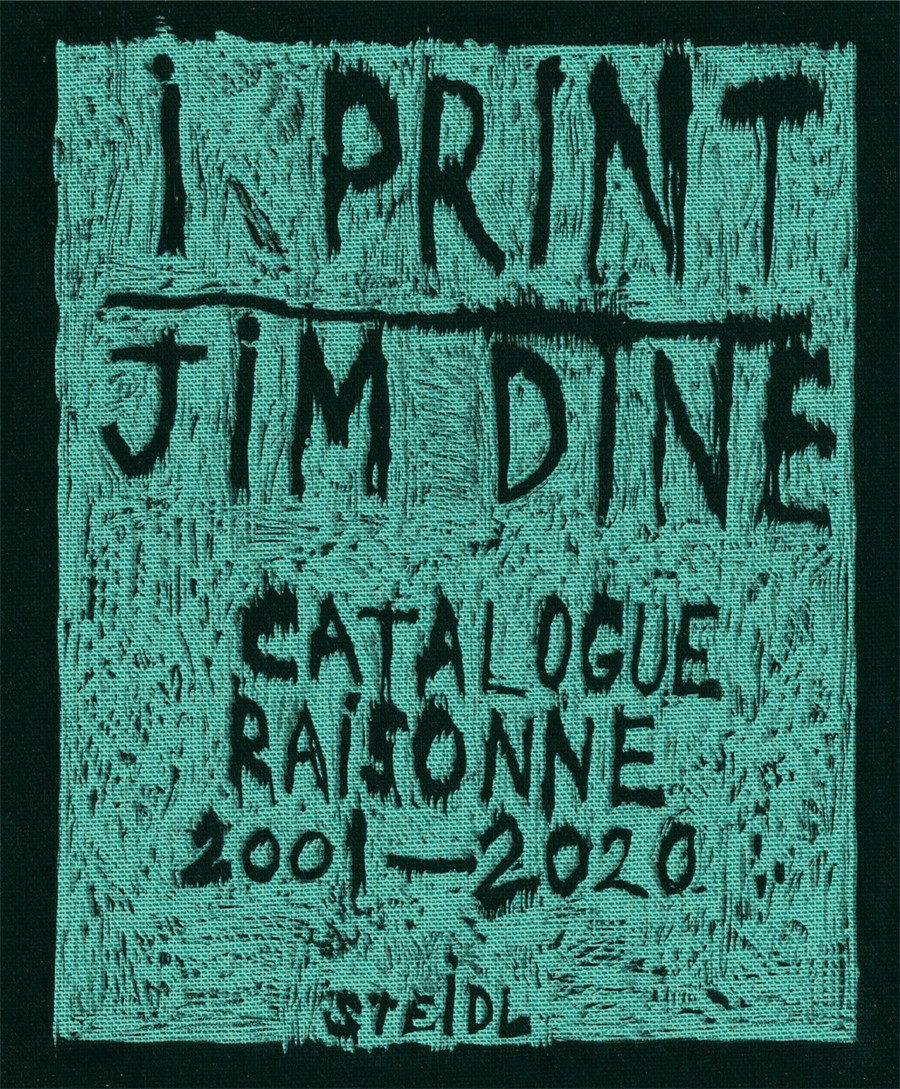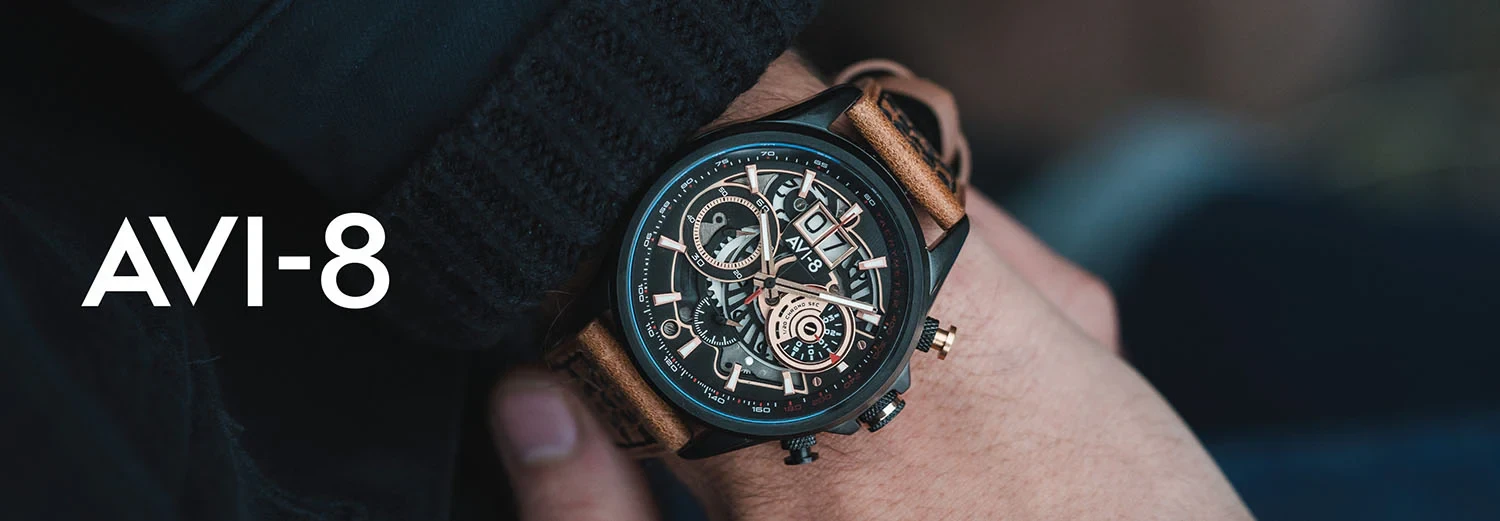
Knots, Art & History
Smartfox Books Code: PR38706
$112.40 NZD
Approx $66.78 USD
Approx $66.78 USD
Description:
Anyone who thinks of carpets has the bright colours of the Orient in mind. Knots, Art & History brings together the best, most unique carpets of the 14th-17th centuries from the Museum of Islamic Art in Berlin's famous collection. Forty-five of the approximately 500 carpets from Spain, Egypt, Anatolia, the Ottoman Empire, the Caucasus, Persia and India represent the reunited collection for the first time in English. The catalogue presents the eventful history of the collection. With the beginning of research on Islamic art around 1900, and especially with Wilhelm von Bode's groundbreaking research on carpets, the Berlin Collection became the center of international investigations. European painting was a focus here and Wilhelm von Bode's dating method using paintings made the "Berlin School" known worldwide and influenced generations of researchers.
The tragic loss of almost all large Persian rugs during World War II marked a turning point for the collection, and the subsequent Cold War division of the collection significantly disrupted further studies of and appreciation for the Berlin carpet collection. Following the reunification of Germany, the former East and West Berlin collections were again joined, and Berlin carpet collection shines again.
Stunning illustrations and numerous details allow new insights and open up the peculiarities of each individual piece in the catalog section. This includes almost all exhibited carpets and is organised by chronology, geography and design motifs. A general introduction to each of the 9 chapters provides an overview of the historical, cultural and social context of each rug. R
Anyone who thinks of carpets has the bright colours of the Orient in mind. Knots, Art & History brings together the best, most unique carpets of the 14th-17th centuries from the Museum of Islamic Art in Berlin's famous collection. Forty-five of the approximately 500 carpets from Spain, Egypt, Anatolia, the Ottoman Empire, the Caucasus, Persia and India represent the reunited collection for the first time in English. The catalogue presents the eventful history of the collection. With the beginning of research on Islamic art around 1900, and especially with Wilhelm von Bode's groundbreaking research on carpets, the Berlin Collection became the center of international investigations. European painting was a focus here and Wilhelm von Bode's dating method using paintings made the "Berlin School" known worldwide and influenced generations of researchers.
The tragic loss of almost all large Persian rugs during World War II marked a turning point for the collection, and the subsequent Cold War division of the collection significantly disrupted further studies of and appreciation for the Berlin carpet collection. Following the reunification of Germany, the former East and West Berlin collections were again joined, and Berlin carpet collection shines again.
Stunning illustrations and numerous details allow new insights and open up the peculiarities of each individual piece in the catalog section. This includes almost all exhibited carpets and is organised by chronology, geography and design motifs. A general introduction to each of the 9 chapters provides an overview of the historical, cultural and social context of each rug. R
The product may be provided by a different brand of comparable quality.
The actual product may vary slightly from the image shown.










.jpg)









.jpg)





.jpeg)





.jpeg)



.jpeg)








.jpeg)



.jpeg)

.jpeg)

.jpeg)

.jpeg)




.jpeg)
.jpg)

.jpeg)






.jpeg)
.jpeg)




.jpeg)





.jpeg)


.jpeg)

.jpeg)

.jpeg)

.jpeg)







.jpeg)
.jpeg)
.jpeg)





.jpeg)



.jpeg)






.jpg)
.jpeg)









.jpg)


ulva-Logo.jpg)




.jpeg)



.png)















.png)























